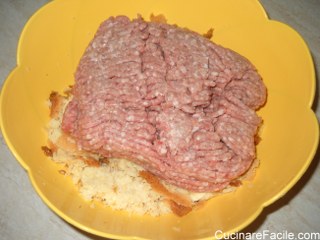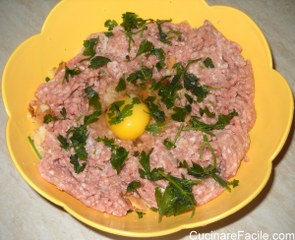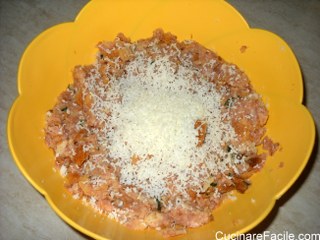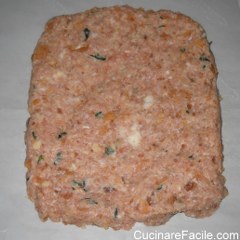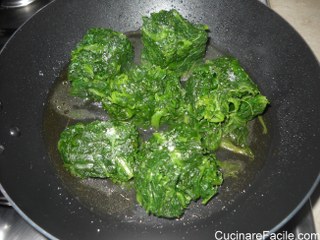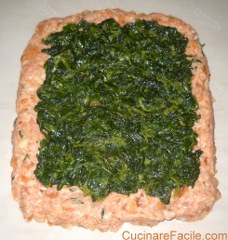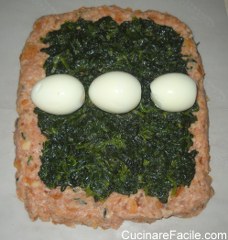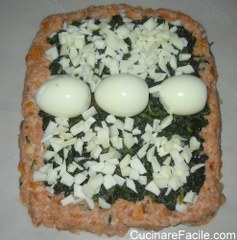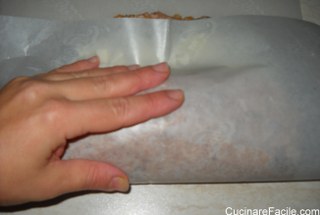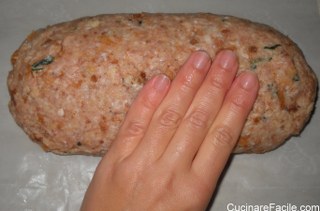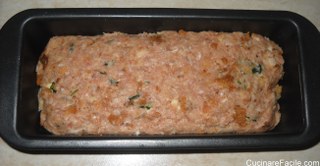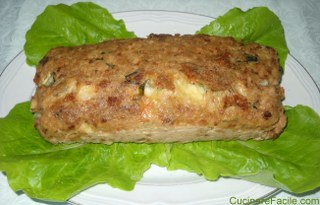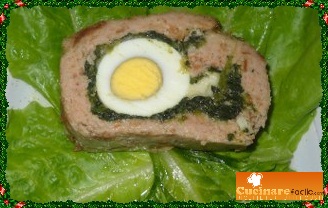Below, some of America’s greatest chefs tell what they love to give during the holidays, from homemade gifts like easy vanilla extract (at right) to a subscription to the best bacon of the month club.

“I like to give candied citrus peel: orange, lemon, lime, sometimes grapefruit, which we put in little jars to give to friends. Sometimes we dip the peels halfway in chocolate, sometimes we don’t.”—Jacques Pépin

Photo courtesy of Harbor Candy Shop.
“We’ve been sending our regular customers chocolates from The Harbor Candy Shop in Ogunquit, Maine for a while now. I found them walking around town before an event at Arrows Restaurant. I was blown away. They make everything themselves, and it’s all fantastic. Their peanut butter cups are my favorite: theirs have a thick layer of chocolate around real, fresh peanut butter.”—Marc Vetri, Vetri Restaurant
“Last year my Mom sent me the most incredible box of little Ziploc bags of all the candies and cookies she makes during the holidays. Attached to each bag was a tiny Post-it with a memory of where the recipe came from, whether from Grandma or when we were kids or something made by one of our friends’ mothers.”—Nancy Olson, Gramercy Tavern
“I’m Italian-American; my parents are both from the same small town in Sicily. My favorite holiday food, period, is panettone. I absolutely adore it. I did not like it as a child, but I grew to love it, and now I look forward to it come holiday season. Not only do I love eating it with Nutella or as French toast, it also makes a phenomenal bread pudding.”—Renato Poliafito, Baked
“Every year I’ll make a big batch of preserved lemons, put them in beautiful clear glass jars and give them to friends to enjoy throughout the year. People just flip out over them. Clean out the rind, slice it and put it into a salad and people will think you are a genius.”—Mourad Lahlou, Aziza
“Parmesan spread: A mixture of asiago, parmigiano-reggiano, scallion, a little bit of Calabrian chile or chile flakes, basil, parsley, garlic and olive oil. Simply dice up the cheese and scallion, throw it all in your food processor and grind it all up until it’s the size of BBs, and it makes a beautiful little spread. If you make a half-gallon of it on December 1, you’ll eat a quarter of it yourself, and with the rest, if you have a few little French canning jars like we sell at Napa Style, you can pack them up and it will last for a month in the fridge. Then instead of bringing an $80 bottle of wine, you can bring a $5 jar of something you made, that won’t give anyone a hangover. It’s an affordable way to spread holiday cheer.”—Michael Chiarello, Bottega

Photo courtesy of Akasha Restaurant.
“We make a lot of jams and chutneys at the restaurant. I like jam, but chutney’s more special and versatile—you can eat it with cheese, chicken, pork.”—Akasha Richmond, Akasha
“To give, I make a dried fruit compote almost like mince meat: a dice of dried apricot, prunes, currants, raisins, along with fresh diced apple or pear. I add white wine, orange juice, sugar, a touch of white vinegar and all those pumpkin pie seasonings—cinnamon, allspice, sometimes clove or nutmeg—then cook it for a long time. Then I put it in jars with a little ribbon.”—Tom Valenti, Ouest

“I like to give great olive oil, salt or honey. For olive oil, I love Agrumato lemon olive oil. I’m usually not a huge fan of flavored oils, but this company does it really well. It’s nice for finishing fish or vegetables and is not overly expensive.”—Jenn Louis, Lincoln Restaurant
“For spice mixes I do rubs, like mustard and coriander and pepper. I keep the packaging simple: I just put it in a bag and give a recipe.”—Floyd Cardoz, North End Grill
“For herb salt, I’ll pulverize dried garden herbs in a blender and toss them with a nice flake salt like Maldon. For citrus salt, I’ll take a bunch of random citrus fruits, run them on a Microplane to get a couple of tablespoons of zest, and stir that with a couple of drops of plain salad oil. Then I’ll wring it out in a piece of cheesecloth or a napkin and toss the citrus oil with salt, also usually a flake salt. To make about a cup of citrus salt, you probably want to start with the zest of 6 or 7 limes, lemons or oranges.”—Melissa Perello, Frances
“I like to give unusual honeys. I was brought up on roast chicken brushed with raw honey; you never cook with it, just brush some on the sliced poultry at the end. It’s good on squash, too, and roast turkey. Last year I gave out a beautiful honey from the Pitcairn Islands, which you can order online; it’s made by descendants of the mutiny of the Bounty.”—David McMillan, Joe Beef
“I usually make little terrines of foie gras for my friends. Terrines of any kind are perfect gifts for holidays, whether to bring to someone’s house who’s throwing a party, or to throw one yourself—just buy a terrine, some nice rustic bread, some pickles or cornichons, and some Champagne and you’re all set.”—Daniel Boulud, Daniel
“I love to give friends a single, fresh, black winter truffle from the Perigord. The French truffle company Plantin always has the best black winter Perigord truffles on the market.”—Fabio Trabocchi, Fiola
“I make fresh Vietnamese sausage to give to friends. I’m experimenting this year with pork and shrimp. Those are the two major proteins in Vietnam; a lot of people raise pork in rural areas, and shrimp were abundant. So I put them in casing with thyme and garlic, some salt and pepper.”—Eric Banh, Ba Bar

Photo courtesy of Zingerman’s.
“I’m a big fan of Zingerman’s bacon of the month club. They give you a completely different style artisan bacon every month—one month it could be smoked, one month it could just be cured, one month you could get jowl bacon, one month belly bacon, it’s a really nice variety. I’ve been subscribing to it for about 10 years. I first got it as a gift from my staff. And then I probably do it for 8 to 10 people a year—it depends on how much I like them!”—Michael Symon, Lola
“I give a carbonara pack: a hunk of Pecorino cheese, some guanciale, three types of peppercorns, my favorite imported rigatoni, a recipe and some great wine.”—Barbara Lynch, No. 9 Park
“Northwestern Cutlery is a super comprehensive knife store that’s very popular among people in the restaurant industry. In fact, I’m not sure many people know about it outside the industry. But they have great knives, mandolines, good pots and pans, and a good staff who help guide professionals and amateurs alike.”—Grant Achatz, Alinea

Photo courtesy of Consiglio’s.
“Every house should have a meat slicer. There’s a great Italian one sold by a company in Canada called Consiglio’s for just a few hundred bucks. ”—Ethan Stowell, How to Cook a Wolf
“A citrus squeezer. I’m such an acid freak, if there’s something I use more than anything, it’s freshly squeezed lemon or lime juice. ”—Dean Fearing, Fearing’s
“A Pyrex measuring cup with a spout. Liquids should always be measured in a transparent measuring cup and this old faithful is the best. Plus you can use it to melt chocolate in a microwave.”—Dorie Greenspan, Beurre & Sel
“A good wine key is always appreciated, either to receive or give; you never know when you’re going to need one. I don’t have a particular favorite brand, but balance is really important, it should feel good in the hand.”—Scott Conant, Scarpetta

Photo courtesy of Roederer Estate.
“Champagne is a great thing to buy—and if you can get a magnum, even better. Roederer Estate is fantastic, especially for the price. I also like Ruinart and Billecart-Salmon. Of course, if you can do a Dom Pérignon, people will feel even more special. But there are so many good Champagne houses, it’s nice to search out smaller ones; even at a big liquor store, someone’s usually walking the aisles who can give you insight into smaller producers."—Shawn McClain, Green Zebra
“I love to give glögg, a Swedish spiced wine. I make mine with red wine, little bit of vodka, orange zest, cinnamon and raisins. You can make it with bad wine, too—it doesn’t have to be something fancy.”—Marcus Samuelsson, Red Rooster

View the original article here
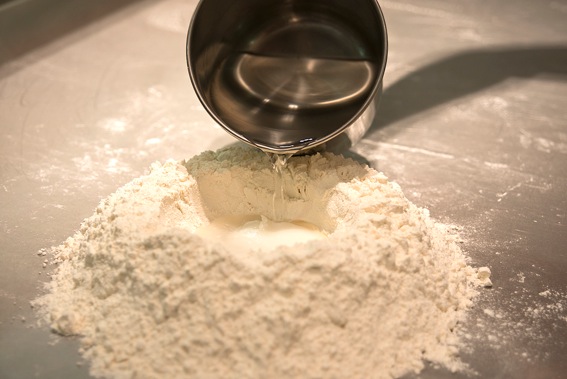
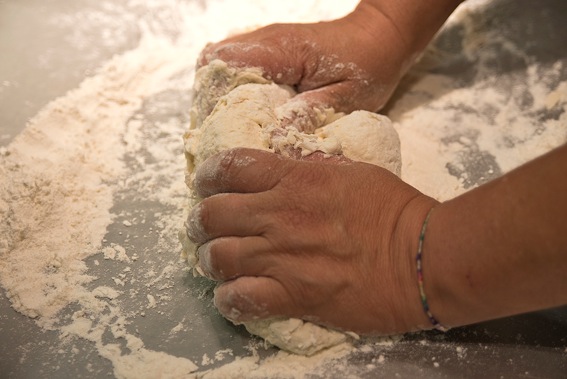
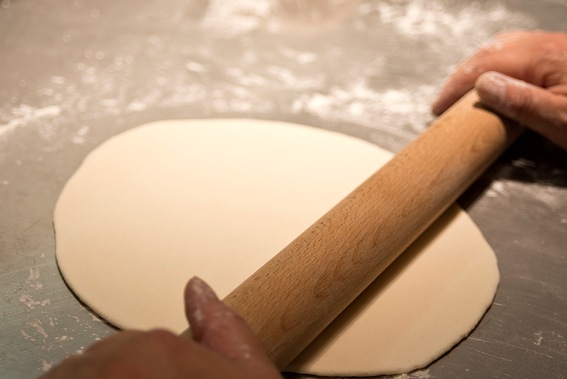
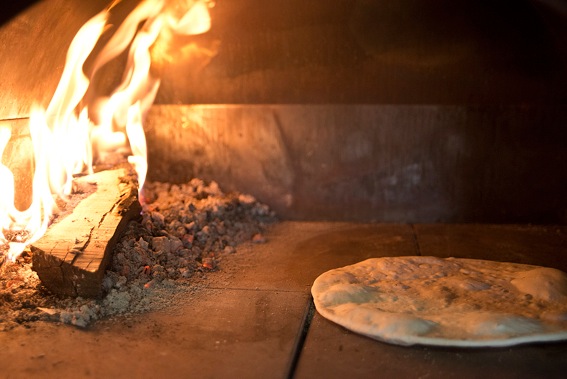
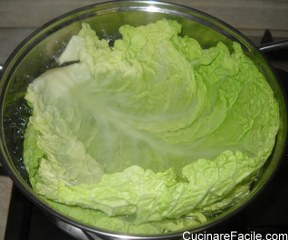
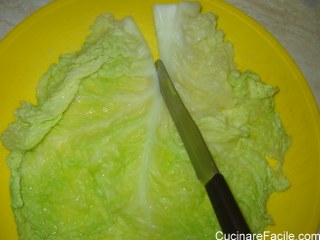
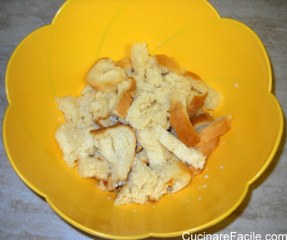
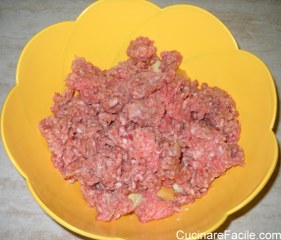
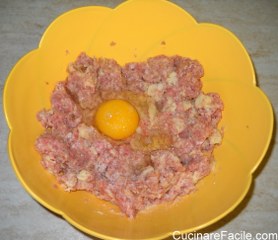
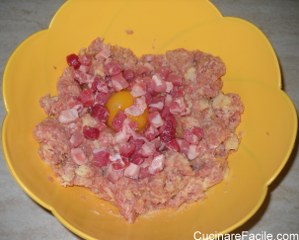
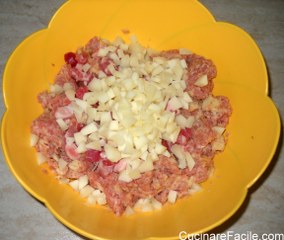
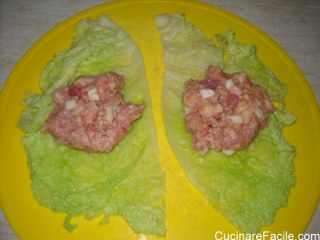
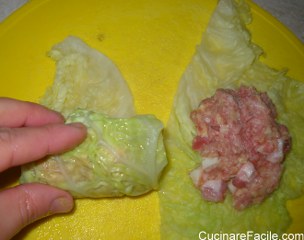
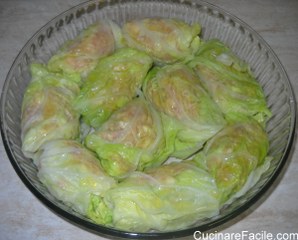
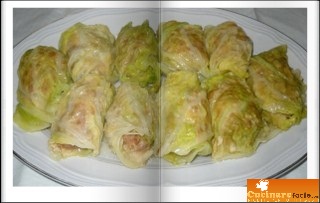

 Photo courtesy of Harbor Candy Shop.
Photo courtesy of Harbor Candy Shop.
